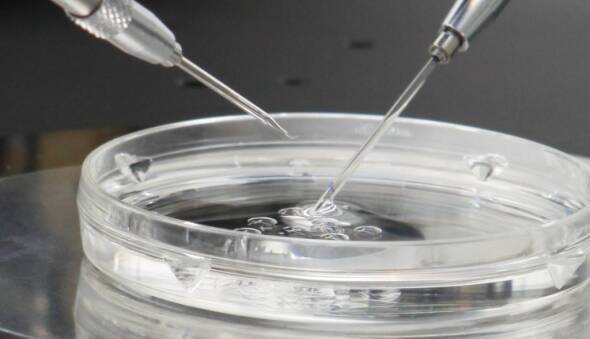1. IVF is dramatically more successful than ovulation induction with intrauterine insemination.
Although many couples initially choose Clomid or Femara with intrauterine insemination, pregnancy rates are generally less than 12% per cycle. In world class IVF programs, women under age 35 transferring a single embryo can expect an IVF implantation rate (seeing a sac in the uterus with ultrasound after embryo transfer) of 55%. A recent important study (FORT-T) showed that in women aged 38-42 with good egg quality (ovarian reserve), initial treatment with in vitro fertilization is the most cost effective and successful approach.
2. For couples without insurance coverage for infertility treatment, early in vitro fertilization is very cost effective.
90% of women who conceive using Clomid with intrauterine insemination become pregnant within 3 cycles. Among younger patients, we strongly encourage IVF after two or three unsuccessful cycles of Clomid with insemination.
3. In vitro fertilization decreases the incidence of twins in younger women.
Women younger than age 35 generally should only have a single blastocyst placed back into their uterus as part of an IVF cycle. Spontaneous identical twinning occurs in 2% of IVF pregnancies – compared to 8% for clomid pregnancies.
4. The ability to perform embryo biopsy with comprehensive chromosomal screening (CCS) and transfer a single genetically normal embryo allows for a 65% implantation rate for women up to age 42.
Comprehensive chromosome screening eliminates the need to transfer multiple embryos in older patients.
5. Many women undergoing in vitro fertilization will have additional embryos available for freezing.
In my experience, frozen embryos are just as likely to result in pregnancies compared to fresh embryos. Frozen embryos don’t age. If a woman freezes embryos at age 33, they will always have the risk of miscarriage and Downs Syndrome of a 33 year old, even if thawed and transferred when the patient is much older.
By Dr. Arthur Castelbaum
